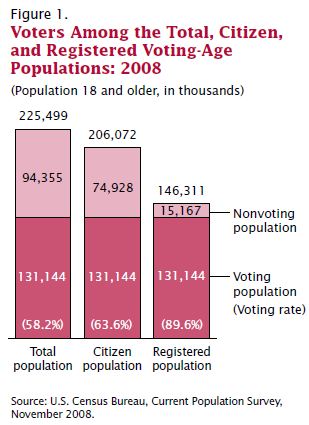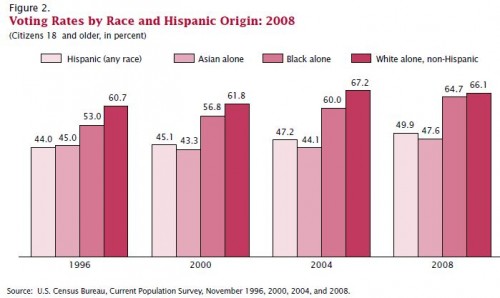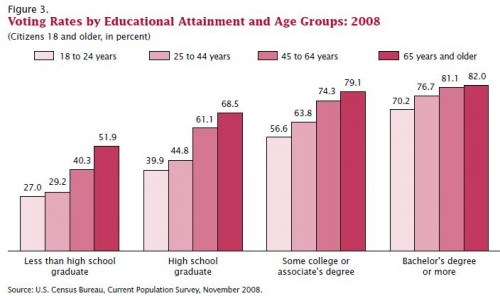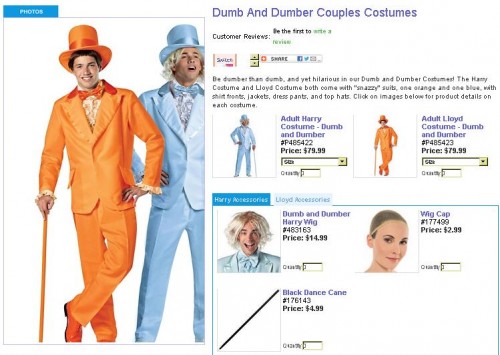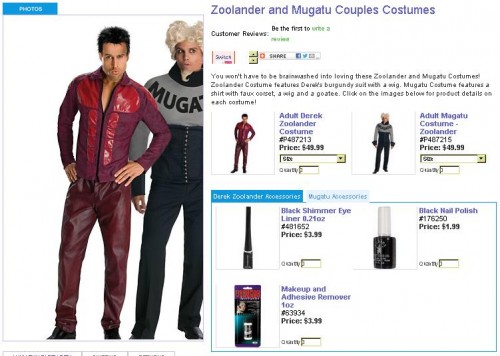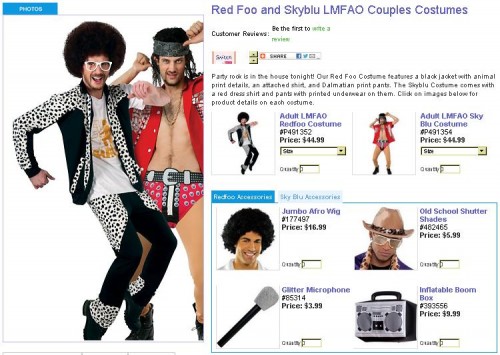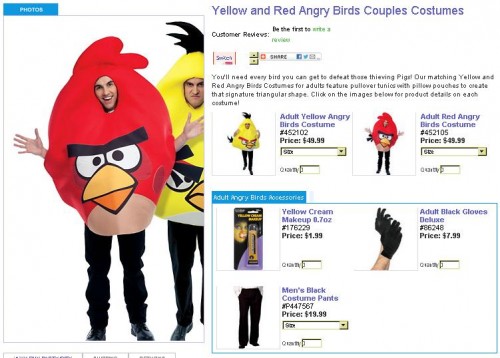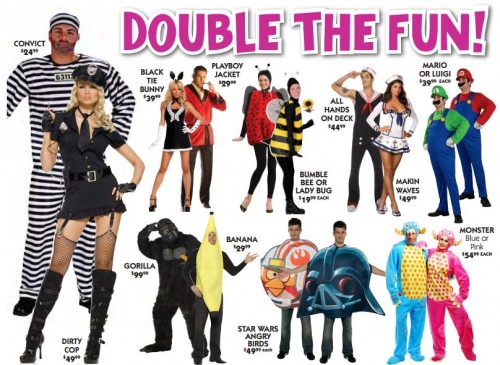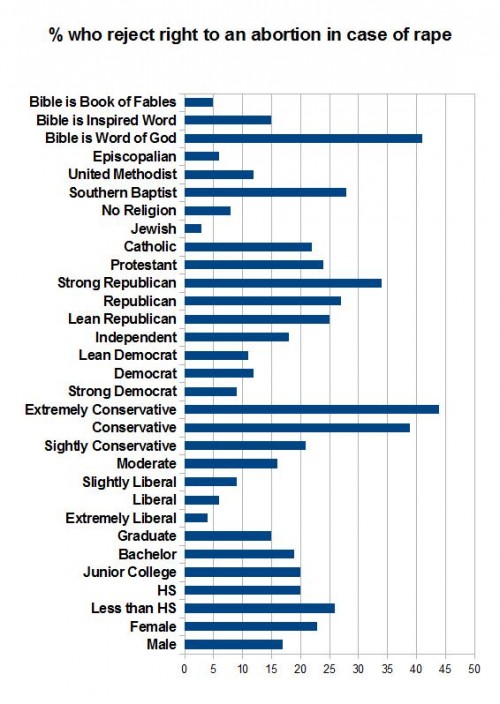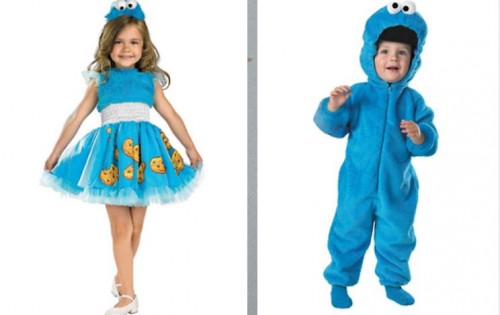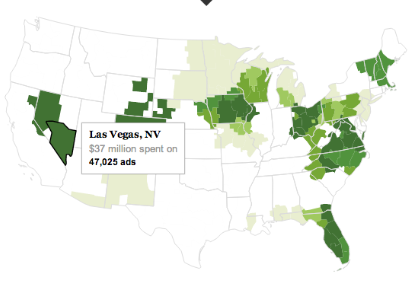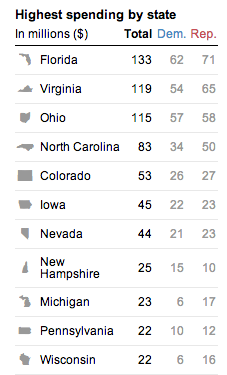Enjoy our collection of Halloween posts from years past or visit our Pinterest page with all of our Halloween-related imagery:
Just For Fun
- A Hallowmeme costume: Women laughing with salad
- Fun and fear: The great equalizer (pictured)
- Mocking the sexy Halloween costume trend
Halloween and Politics
- Legal firm’s Halloween party mocks home foreclosures
- Lynching Palin
- Obama mask marketed as a “terrorist” costume
- Marking sex offenders on Halloween
Race and Ethnicity
- Dressing your dog up like a racial caricature
- Anne Skank: Trivializing and sexualizing the Holocaust for Halloween
- Othering of undocumented immigrants with an “alien” costume
- A collection of racist Halloween costumes
- Asian hair for Halloween
- Appropriating Dia De Los Muertos at Halloween
- Raising consciousness about racist Halloween costumes
Gender
- Dress up your little girl in a “little black dress”
- Men dressing up as fat women, apparently hilarious and disgusting!
- Gender and asymmetry: “beer man and “beer girl”
- Anna Rexia, the costume (also in plus size!)
- Gender and kids costumes
- Halloween and the trivializing of women in men’s occupations
- Girls: mean or queen
- The difference between boy and girl costumes
- Women dressing up like girls dressing up like women
- Even our skeletons have sex
- In sexy costumes for women and girls: when sexy overtakes all reason, sexy femininity and gender inequality, sexy scholar, Harem girl, and the sexy body bag costume
- Compare to sexy Halloween costumes for men and this vintage Halloween-inspired ad that urges women to be bewitching instead of half-naked
The intersection of Race, Class, and Gender
- Halloween hall of shame: the fat lap dancer costume
- Sexy “Indian” costumes
- An overview of raced, gendered, and heteronormative costumes
And, for no conceivable reason…
- Max Weber Jack o’Lantern (I carved it myself)


